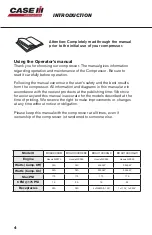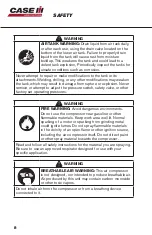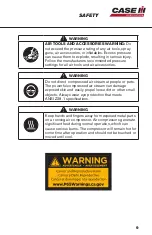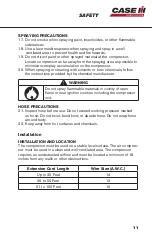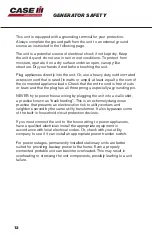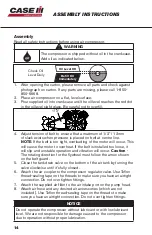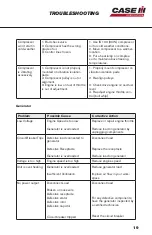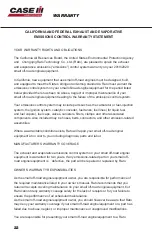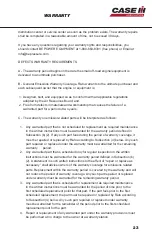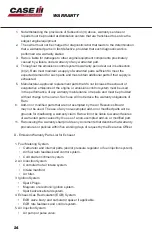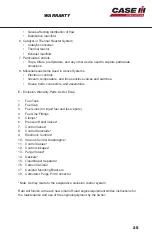
13
GROuNdING
INstRuctIONs
This product must be grounded. Should a malfunction occur,
grounding provides the path of least resistance for the electric
current, reducing the rish of electrocution.
The screw and ground terminal on the frame must always be used to
connect the unit to a suitable ground source. The ground path should
be made with #8 size wire. Connect the terminal of the ground wire
between the star washers and screw then tighten the screw fully.
Connect the other end of the wire securely to a suitable ground source.
The National Electric Code contains several practical ways in which to
establish a good ground source. Examples given below illustrate a few of
the ways in which a good ground source may be established.
A metal underground water pipe in direct contact with the earth for at
least 10 feet can be used as a grounding source. If a pipe is unavailable,
an 8 foot length of pipe or rod may be used as the ground source. The
pipe should be 3/4 inch trade size or larger and the outer surface must
be noncorrosive. If a steel or iron rod is used it should be at least 5/8
inch diameter and if a nonferrous rod is used
it should be at least 1/2 inch diameter and be listed as material for
grounding.
Drive the rod or pipe to a depth of 8 feet. If a rock bottom is encountered
less than 4 feet down, bury the rod or pipe in a trench. All electrical tools
and appliances operated from this unit, must be properly grounded by
use of a third wire or be “Double Insulated”.
It is recommended to:
1. Use electrical devices with 3 prong power cords.
2. Use an extension cord with a 3 hole receptacle and a 3 prong
plug at the opposite ends to ensure continuity of the ground
protection from the unit to appliance.
We strongly recommend that all applicable federal, state and local
regulations relating to grounding specifications be checked and adhered
to.




